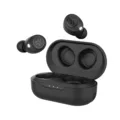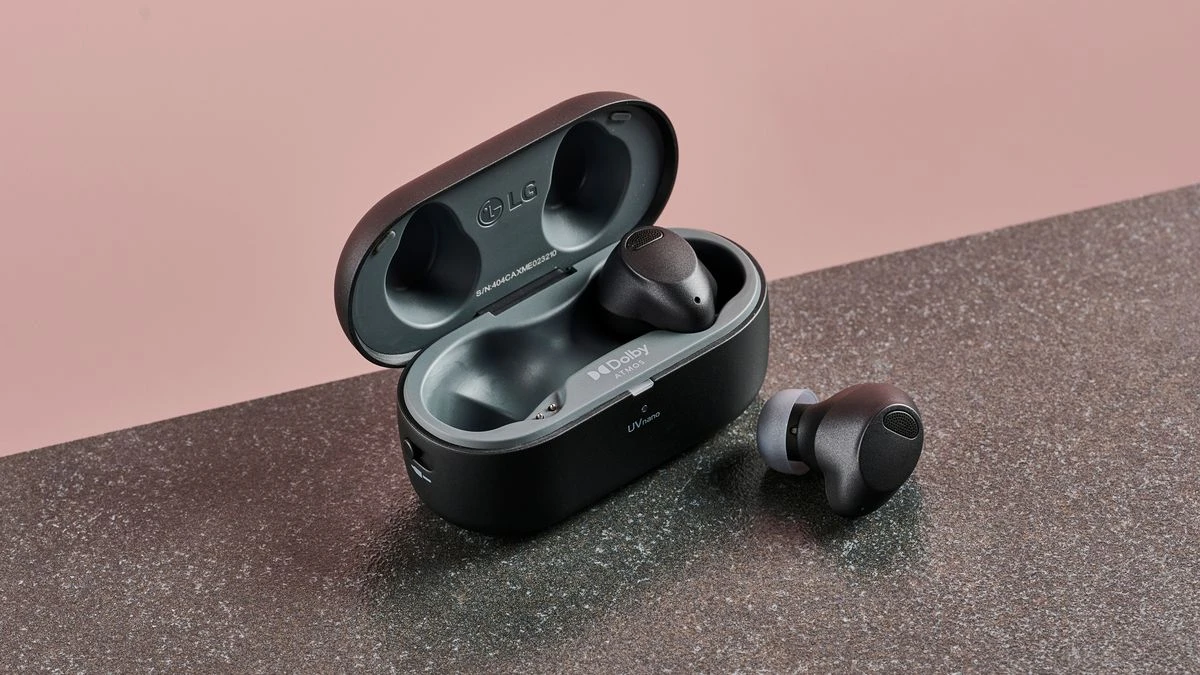
Earbuds are changing – in more ways than you can probably imagine. While the transformation from wired to wireless audio earbuds was a major step, there is still a long way to go. Earbud design innovation is constantly evolving, and in 2025, there are some major breakthroughs in earbud design that you may not have heard about yet.
This article provides a glimpse into the latest trends shaping the next-gen earbuds in 2025, including in aesthetics, comfort, technology, sustainability, and more!
Ergonomic & Futuristic Shape Designs

A greater focus is being placed on providing comfort to earbud users. New technology, such as adaptive fit earbuds that adapt to your ear’s shapes, helps improve comfort and also provide stability and sound quality by reducing background noise.
A good example are the Comply Memory Foam Ear Tips. These earbud tips, made of foam instead of the usual silicone, provide a comfortable fit and stay in your ear even when you sweat. They focus on reducing pressure on the ear canal as well, a problem that many frequent earbud users face.

Another focus is on futuristic designs. Transparent casing, RGB lights, and futuristic cyberpunk aesthetics provide a more fashionable approach to earbud design and allow users to express themselves and stand out. The HECATE Gaming GX07 RGB Earbuds are a good example.
AI-Driven & Smart Technology Integration
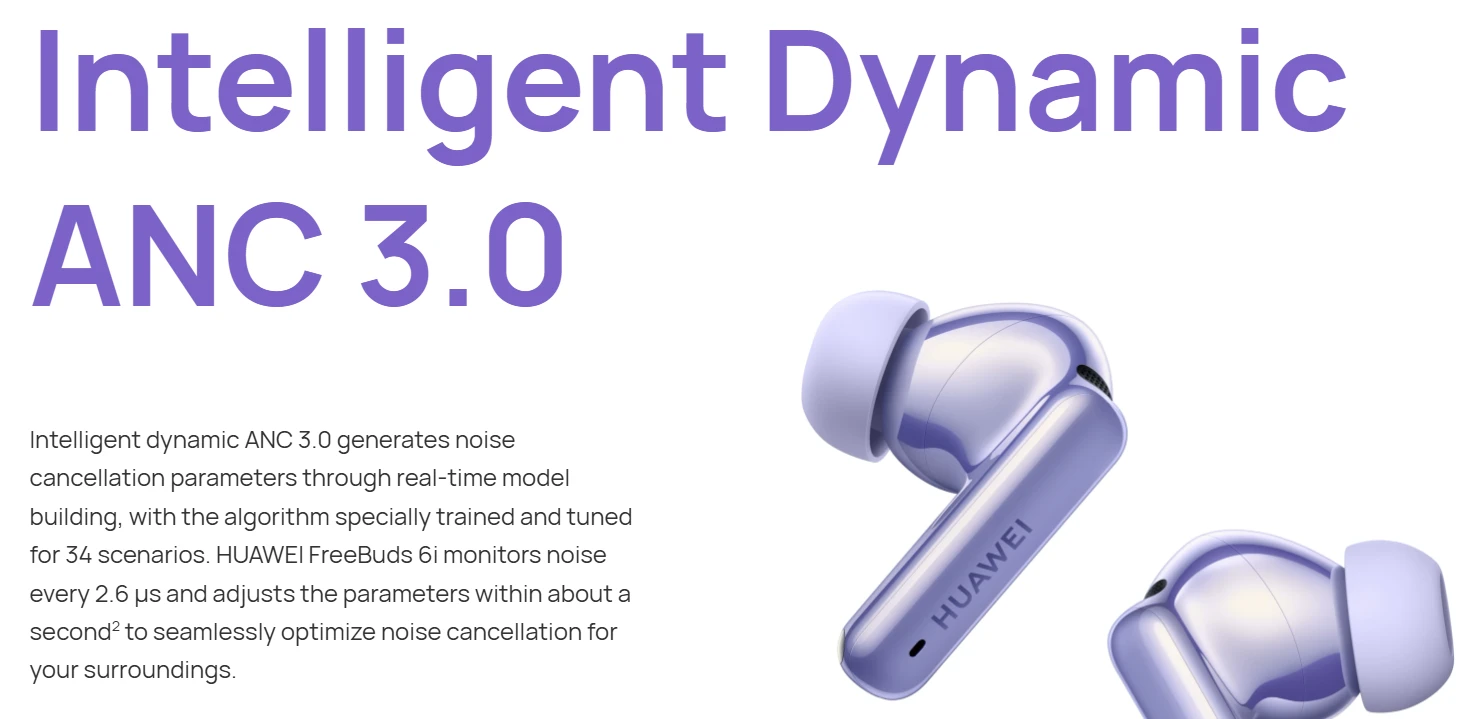
AI is all the buzz nowadays, and the earbud industry has not been spared from the AI wave.
Artificial intelligence can be used in earbuds in many ways, starting with noise cancellation technology. For example, Huawei’s FreeBuds 6i feature ANC 3.0, which uses real-time algorithms and models trained for dozens of scenarios to enhance noise cancellation.
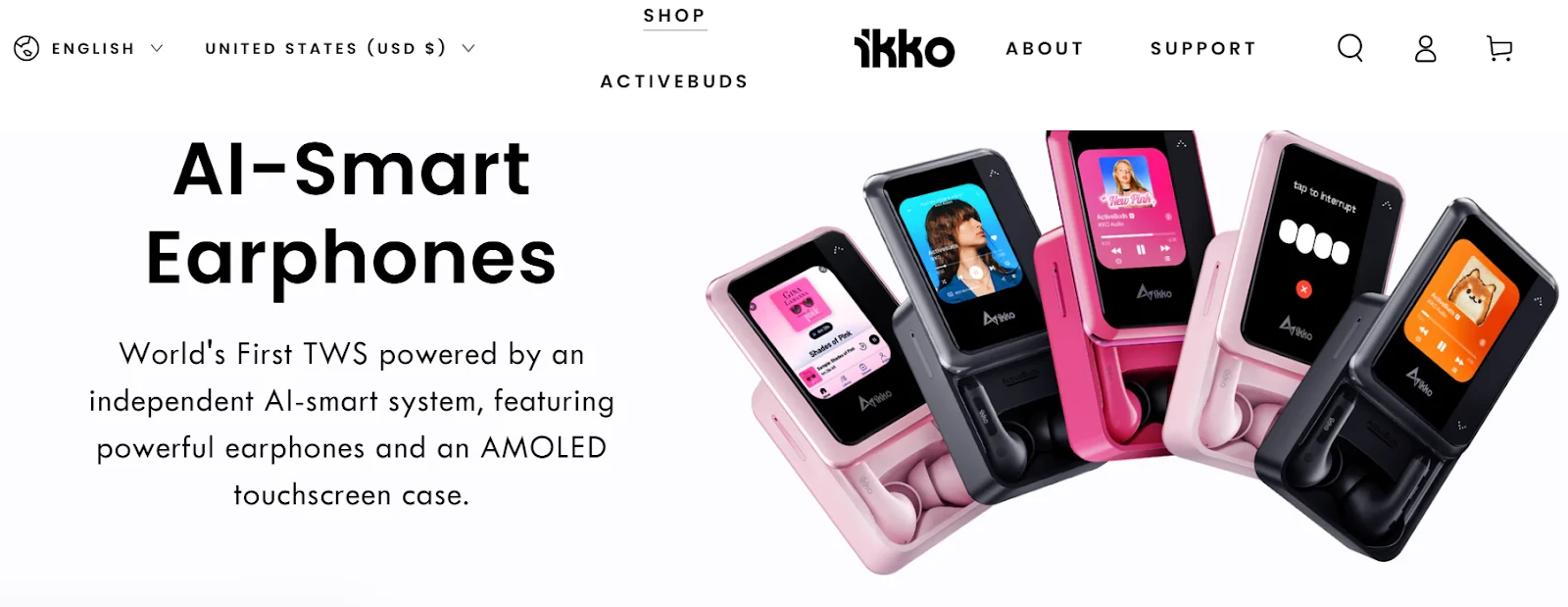
However, there are other ways AI is creeping into intelligent earbuds design. For example, the TWS AI Smart Earbuds feature sound personalization and ChatGPT AI voice dialogue integration, as well as instant language translations powered by AI. They come in a case with a small touchscreen, another trend worth keeping an eye on.
AI-powered translations is a particularly interesting trend worth devoting another few paragraphs to. Imagine traveling to another country and no longer needing to type things into Google Translate.
In the past, people might have traveled with guidebooks containing common phrases or dictionaries with word translations. You may have thought that travel was revolutionized through apps such as Google Translate, but imagine walking around with earbuds that automatically translate whatever someone tells you in another language. You would be able to travel anywhere and understand what people are saying in real-time, without learning their language!
The Timekettle Interpreter Bidirection Translation Earbuds use AI to automatically translate both what people say to you and what you say to them, using a handy app. This is useful not only for traveling but also for conducting cross-border business. While this technology still needs to be perfected, it’s promising and exciting.
Acoustic Engineering & Next-Gen Sound Quality
Another major focus is on acoustic engineering and next-generation sound quality. A lot of earbuds are placing a focus on Hi-Fi and lossless audio capabilities and immersive surround sound that transports you to another world. Imagine watching a movie or livestream and really feeling as if you were there! Here, too, AI has the potential to help by adapting audio frequencies based on background noise.
Modular & Customizable Earbuds
A trend we are likely to see more often are modular and customizable earbuds. Many earbuds already come with several tips that you can swap out to ensure comfort and cleanliness.
However, you may also see the ability to swap out external casings and other components, such as case batteries. Replaceable case batteries can help ensure the longevity of your earbuds.
Biometric Health Tracking Integration
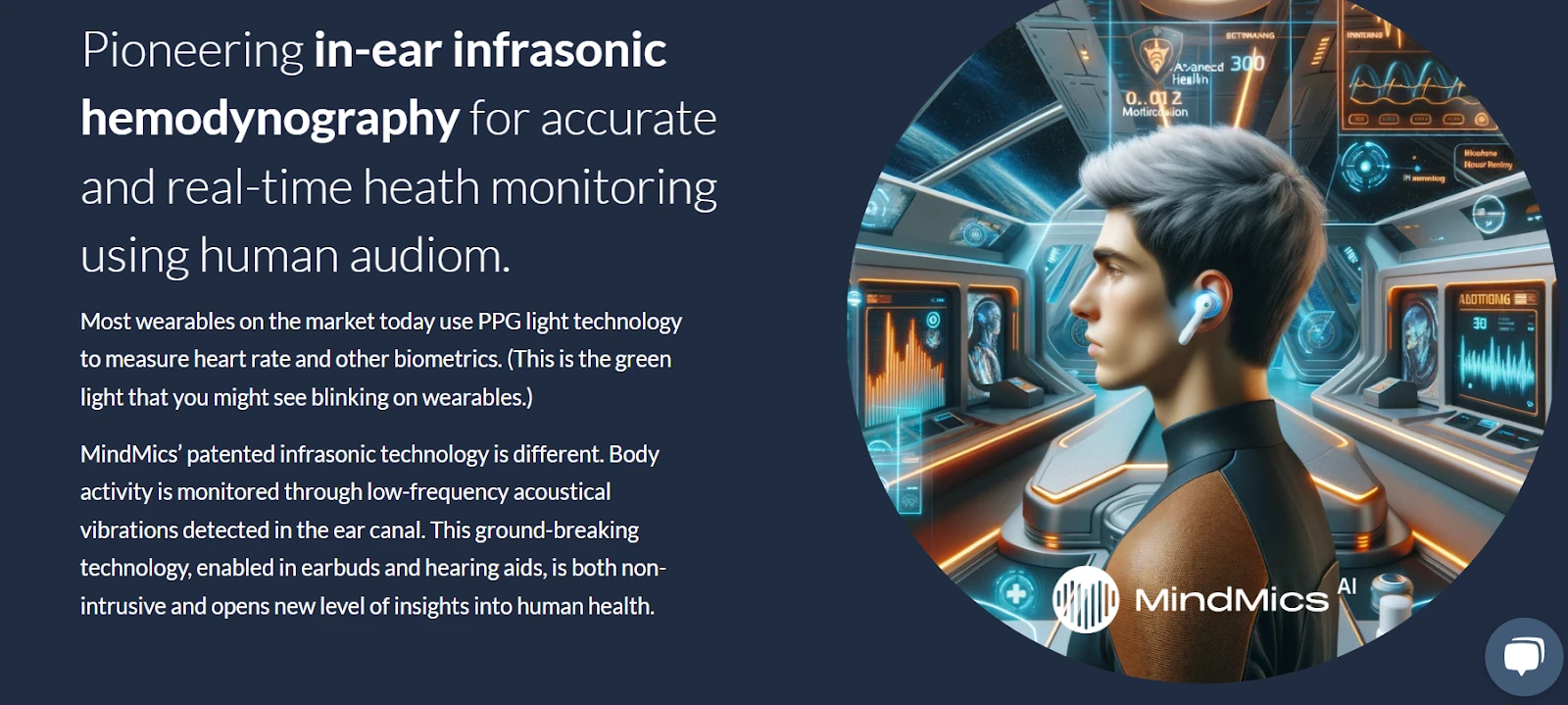
Another exciting and promising trend is biometric health tracking integration in earbuds.
Many people use watches or fitness wrist trackers to monitor their health. But what if you could use earbuds instead? They would allow you to listen to music and monitor your health at the same time.
MindMics has patented a technology called in-ear infrasonic hemodynography, which it uses to monitor your heart rate, heart rate variability, and other biometric indicators with a 99% correlation to an ECG, results that were clinically validated. It can even track things such as how your blood flows through blood vessels, something an ECG cannot do. It relies on low-frequency sounds that are not discernable by humans.
Advanced Connectivity & Low-Latency Features
In late 2024, Bluetooth 6.0 was released. It includes new features such as Bluetooth Channel Sounding and Decision-Based Advertising Filtering. Without getting too technical, it greatly improves security and accuracy in distance measurement. More earbuds should start supporting it soon.
Eco-Friendly & Sustainable Earbuds Design
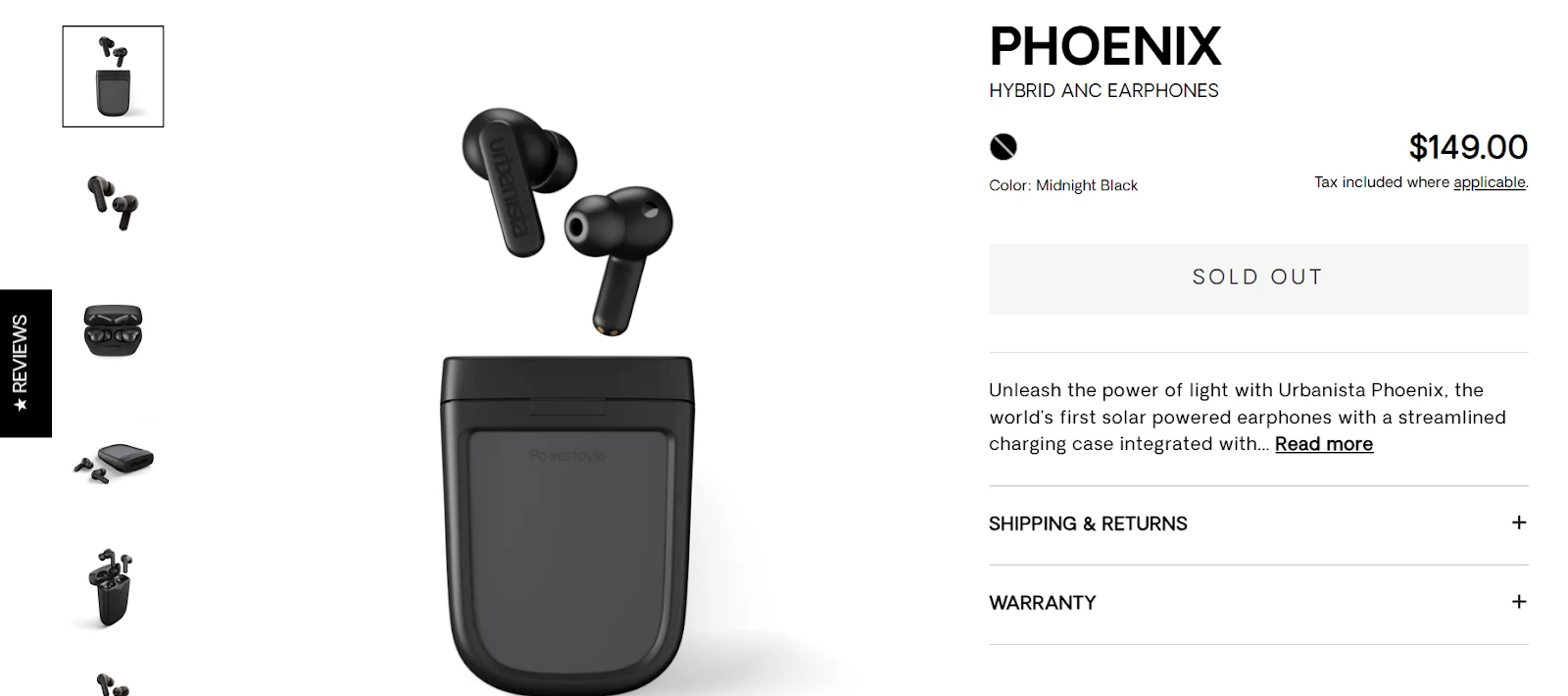
More companies are shifting towards eco-friendly and sustainable earbud designs, including biodegradable ear tips and using recycled materials for zero-waste production. These trends help keep the world a better place for our children.
Another trend is solar-powered earbuds. The Urbanista Phoenix earbuds require no electricity; when in the case, they charge with solar energy whenever exposed to light. This helps reduce energy usage. It also means you don’t have to worry about charging your earbuds overnight!
Haptic Feedback & Sensory Enhancements

Currently, there are quite a few over-the-ear headphones on the internet that offer haptic feedback. They are particularly popular with gamers who want a more immersive experience while gaming. A good example are the Razer Hypersense headphones.
However, in the future, we may see in-ear earbuds that provide haptic feedback as well, providing vibration-based alerts as an alternative to sound-based notifications.
Future-Proofing & Upgradable Firmware
Have you ever wondered why you don’t need to manually update your AirPods? Apple provides OTA (Over the Air) firmware updates to AirPods when they are within range of your phone or another Apple device.
That allows the firmware to get updated without any manual input on your end, ensuring the earbuds can continue being compatible with all of your devices. In the future, we may also see AI-driven predictive updates, in which earbuds settings are adapted based on user behavior.
Enhanced Security & Privacy Features
As mentioned, Bluetooth 6.0 incorporates new and enhanced security measures. However, security in earbuds goes beyond the connection alone. For example, Apple offers AirPods tracking, allowing you to see where your earbuds are in case of loss or theft.
Apple AirPods also have an anti-theft feature called Activation Lock, which prevents it from being paired with another person’s Apple ID unless you remove it from yours. Other manufacturers may also start offering earbud tracking using built-in GPS capabilities.
Conclusion
Earbuds are getting more and more advanced every year. From increased eco-friendliness to AI advancements, there are plenty of important trends to keep an eye on this year. Earbuds can even revolutionize our health by alerting us to irregular heart rhythms or other health problems!








